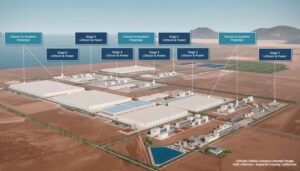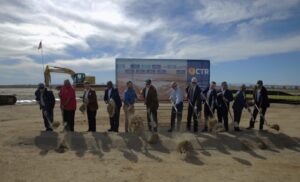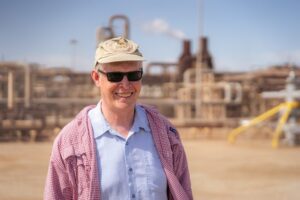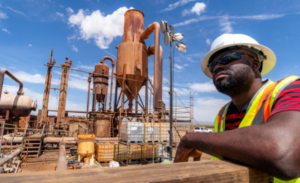All Related News Articles and Events

CBS Evening News: What the demand for lithium could mean for one Southern California region (video)
In Southern California’s Imperial Valley, unemployment is high, wages are low and agriculture is the dominant industry. But the move to electric vehicles may turn the region into “Lithium Valley.” John Blackstone explains.

California’s “Lithium Valley” may power millions of electric vehicles. Does Maine still need a lithium mine?
What’s happening in California could ultimately impact the future of lithium mining in Maine.

CTR breaks ground on geothermal and lithium facility in California
Controlled Thermal Resources Holdings Inc. (CTR) has broken ground on the construction of an integrated geothermal power plant and lithium production facility at the Salton Sea in California.

Desde la ciencia una colaboración por consolidar: Litio en México y Estados Unidos
La voz experta de Patrick Dobson, científico estadounidense que como pocos en el mundo conoce hasta los mínimos detalles del elemento llamado a convertirse en uno de los más estratégicos dentro de la transición energética que se vive en nuestro planeta

Storymap: Power and Promise Beneath the Salton Sea
California’s Salton Sea region has even more lithium than previously thought, according to a new report led by researchers at Berkeley Lab, UC Davis, and UC Riverside, for the DOE Geothermal Technologies Office (GTO). Their analysis showed that the region’s resources are expected to contain approximately 3,400 kilotons of lithium, enough to support over 375 million batteries for EV’s—more than the total number of vehicles currently on U.S. roads. This visual interactive story map describes the work.

Energy Cast Episode 175 | Substantial Salton | Berkeley Lab
We first heard about the potential to harvest lithium from California’s Salton Sea region back in Episode 62. My guest in Episode 153 mentioned there were some studies to see just how much lithium was there.
